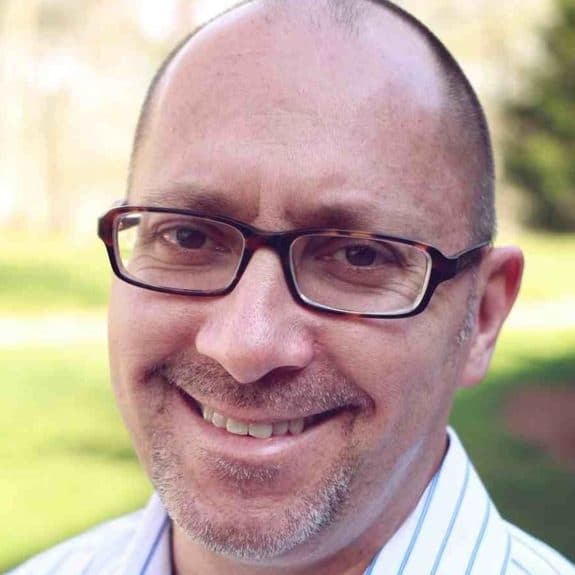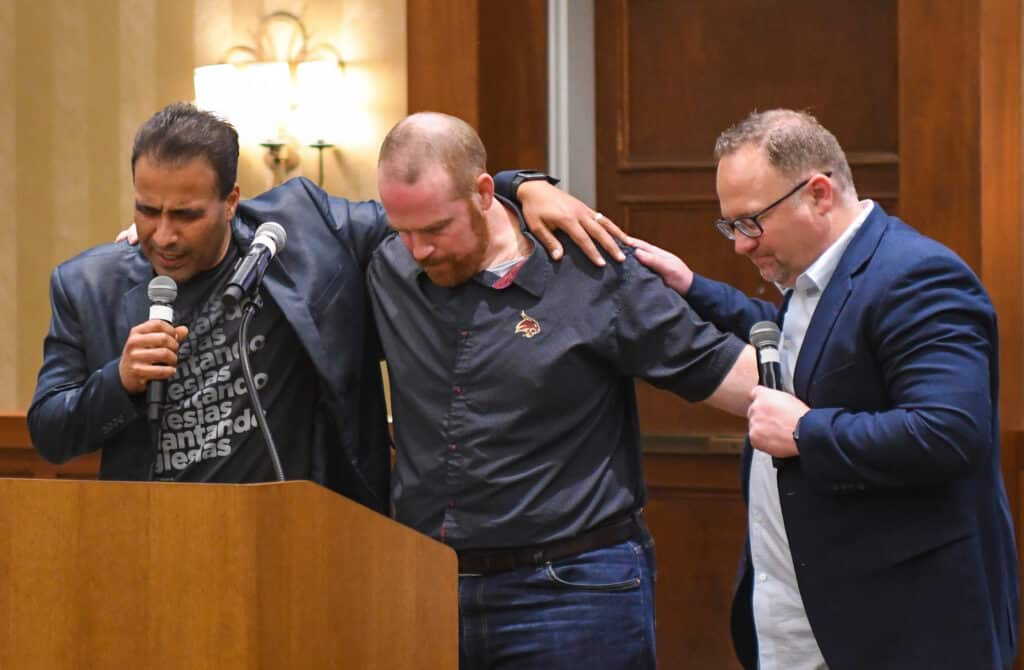An elementary school in the north Dallas suburbs gives a glimpse of how Texas, especially in its urban centers, has become more international. Take a kindergartner this reporter knows well, a white kid from a middle-class family, and peer around his classroom.
His buddies are boys such as Alejandro, from a Hispanic family, and Caleb, the American-born son of Ethiopian immigrants. The school sits at a crossroads between suburban affluence and a largely Hispanic community. Special segregated classes are offered in the early grades for a large percentage of Hispanic students whose families speak little or no English.
Not far from there, a neatly manicured neighborhood reflects growing diversity, with an elderly Korean woman working in a yard, what looks to be an Indian or Pakistani couple taking their grandchildren for a walk, and a British accent discernable from a woman at the neighborhood park. The convenience store on the corner is operated by courteous Middle Eastern men, likely Muslims.
Though the suburban neighborhood is still mostly white and American-born citizens are the norm, this is not your father’s suburbia.
“Dallas may pride itself on old money and glitz, but over the last two decades it has become a kind of Ellis Island–one of the nation’s key immigration gateways,” the Dallas Morning News opined.
DFW International, an organization that describes itself as “the portal to international North Texas,” reports that 40 percent of the Dallas-Fort Worth population is first- or second-generation Texan.
Similar, if not more, diversity is found in Houston, demographic studies indicate.
Houston is a microcosm of changing American cities, with more than 315 different identifiable people groups represented, according to a study by MAP International Inc., with more than 80,000 Asian Indians living there. Other prominent ethnic groups in Houston are Chinese, Koreans, several Southeast Asian cultures, Guatemalans, Taiwanese and many others.
Texas state demographer Steve Murdock said: “By 2040, 68 percent of consumer expenditures, 80 percent of kids in Texas elementary and secondary schools and 70 percent of students in colleges and universities are going to be non-Anglo.”
From 1970-2005, the foreign-born population of the United States nearly tripled, from 4.7 percent to 12 percent. By 2050, half of the U.S. population will be of non-Anglo ethnicity, the Center for Missional Research (www.missionalresearch.info) of the North American Mission Board reports.
“Globalization and transnationalism have afforded North America a unique opportunity in history,” a Center for Missional Research people groups profile observed. “Just as Judea was a crossroads for the known world during the time of Jesus, North America has become a modern crossroads of peoples from around the globe.”
With changing demographics comes the need to understand the new neighbors and their worldview in order to engage them with the gospel, said Terry Coy, SBTC senior church planting strategist.
In Texas, more than 100 languages are spoken, with few Baptist churches able to communicate effectively with someone speaking, for example, Mon-Khmer (7,870 households), South Slavic (1,648 households), or Tagalog (39,990 households).
Behind English and Spanish, more Texans speak Vietnamese than any other language, with German, Chinese and French close behind.
In addition, by 2025 Hispanics should comprise about 40 percent of the Texas population, up from nearly 30 percent now.
Religious identity is more difficult than ethnicity to track by Census data, but Islamic adherents in Texas, for example, are estimated to number more than 250,000, an article by the Islamic Information & News Network found at www.muslims.org states. Harris County, which encompasses Houston, has the largest concentration of Muslims, with Dallas County second.
Coy said with Muslims, Buddhists, or Hindus, “It may take three or four or five months before you can initiate spiritual conversation with them.”
As with anyone, developing authentic friendship and demonstrating Christ-like compassion will develop trust, which is essential to getting a hearing with immigrants, he added.
To that end, the SBTC missions department is launching People Group Champions, a pilot program with the goal of helping local Texas churches, primarily those in urban settings, do international outreach in their own communities.
“The missiological challenge of a truly international Texas is that churches will be stretched like never before,” Coy said. “We must re-think outreach, ministry, and how to build community relationships. Faithfulness to the gospel will require Southern Baptists to think and act in multi-global mentality. Either we meet this challenge or we forfeit what is possibly the greatest missions opportunity in the history of Texas.”














